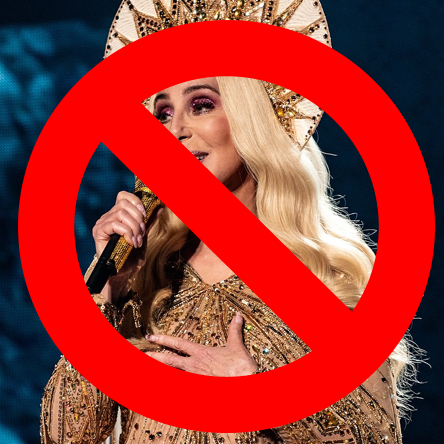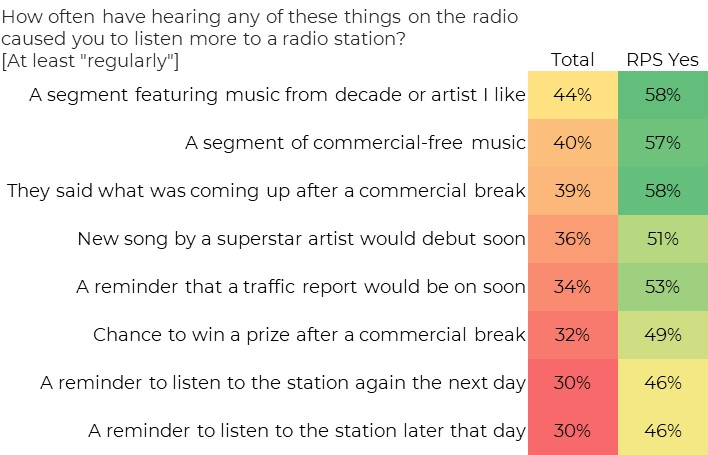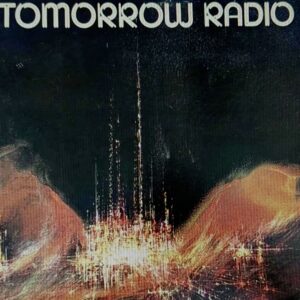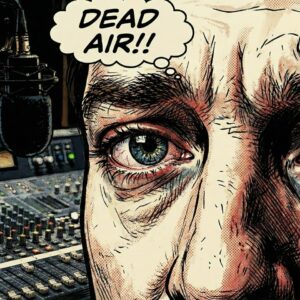Stop Looking at Share

Conversations at radio conventions are peppered with memories of insurgent stations eclipsing incumbents. You never hear about the actual Rating for the station, it’s always AQH Share. AQH Share, where the denominator is the total AQH listening being done in a daypart and/or in a demo. In AQH Rating the denominator is the population in the demo – a much more meaningful number if it’s your job to sell the commercial inventory on the station. When top stations struggle to achieve a 0.5 rating, the difference between success and failure can be one tenth of a rating point. Growing your station from a 0.3 to a 0.4 (or 0.2 to 0.3 – or 0.1 to 0.2) is often the only thing that matters.
When 90%+ of all key demos used radio every week and levels of PUMM and PUR were more robust, AQH Share was a fine metric – but Share isn’t the currency. Using numbers among Adults 25-54 for weekday prime in a top 20 market as an example, a significant lift in AQH might boost your AQH Share from a 3.7 to a 5.0 … but both shares equate to the same 0.3 AQH Rating.
In addition to knowing how much more AQH your station needs to achieve that next tenth of a rating point – that NEXT LEVEL – you’ll need a plan detailing what things you can do to get there. In the end, the only things you can do are increase cume audience, generate longer listening spans, and/or generate additional listening occasions:
- Increasing cume audience means reaching consumers outside your current audience and requires using assets beyond your own airwaves – usually using your precious promotion budget.
- Music testing, careful music scheduling, and manipulating commercial inventory can help increase listening spans.
- Generating additional listening occasions means recycling your existing audience back to your station throughout the day and across the week.
Our latest NuVoodoo Ratings Prospects Study was fielded at the end of June this summer and reflects the opinions of 2,504 respondents 14-54 nationwide. A fifth of this already research-friendly sample models as highly likely to empanel with Nielsen if offered into their meter or diary sample (and are labeled “RPS Yes” in the table below). We pay close attention to their opinions, since they’re the kind of people most likely to give radio stations their report cards.

Just 30% of the overall sample says their TSL has been manipulated by a station reminder to listen again the next day or to tune back in later in the day. But that number rises to nearly half among those most likely to show up in the ratings samples. To be effective these recycling efforts have to offer something the listener wants enough that she’ll remember to listen hours or a day later – and that’s no small order. But we think it’s well worth the time and attention, since the airtime is free and the benefit is in pursuit of radio’s holy grail – one more tenth of a rating point.
We’ll have more ideas about Moneyball for Radio next week – or watch any of nearly a dozen videos on the topic at nuvoodoo.com/webinars.




